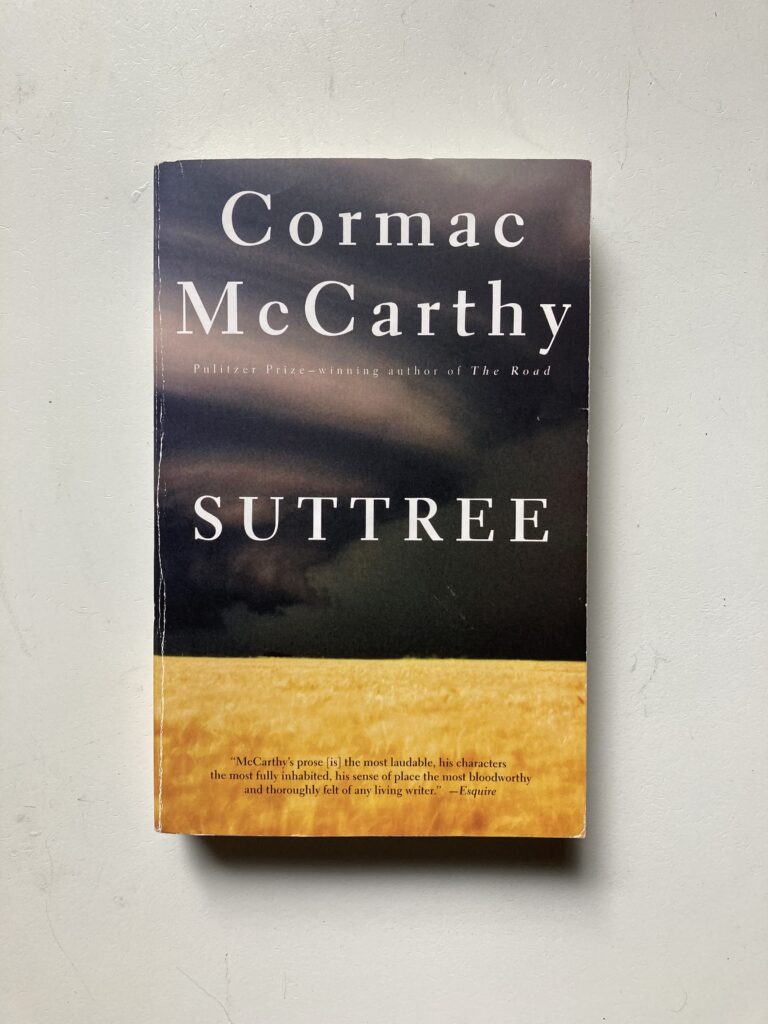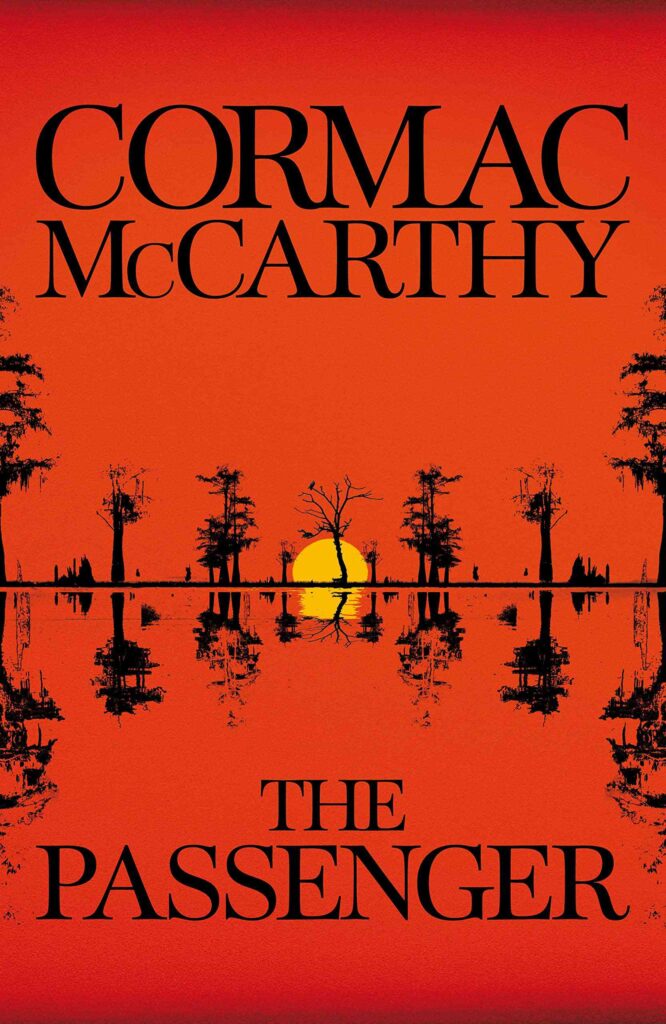If you have read No Country For Old Men, remember to dive into the vast but impactful body of literature that Cormac McCarthy produced in this article below.
Cormac McCarthy, the Pulitzer Prize-winning novelist who died in June 2023, was a giant of the American literary scene whose vivid prose shaped and influenced a generation of writers. The worlds he created were austere and foreboding, populated by amoral and irredeemable characters. He is perhaps best recognized as a prophet of the subconscious deserts of America, laying bare through ornate passages the detailed violence and dread in the country’s social fabric, threats that increasingly lose their solid shapes, the unhappy outcomes of its citizens’ lives, and their desperate attempts at escaping fate.
Introduction to Cormac McCarthy’s Literary Influence
McCarthy has carved a path through the American South with a prose that is often Biblical in its scope, where huge swathes of empty salt plains and stinking swamps bow to the onslaught of brutality. In the grips of McCarthy’s merciless but fertile vocabulary, the myths that made America are drawn by the most profane characters to ever greet the printed page. Along with Toni Morrison and Thomas Pynchon, McCarthy is considered to be one of the most significant writers of contemporary American literature. In this article, we will discuss three of his books to better understand his vision of America.
1. Suttree

Published in 1979, Suttree is a humorous, semi-autobiographical novel that takes place almost entirely on the Tennessee River and the surrounding city of Knoxville. Suttree may seem like an oddity in McCarthy’s oeuvre, but it is preoccupied with the same themes that are present in his other works–existence and identity, always in flux, while we make our way through an indeterminate and unknowable amount of time towards whatever inevitability that is our end. Written over a span of twenty years, Suttree begins with Cornelius Suttree observing the police as they pull out the corpse of a suicide victim from the river. The privileged son of a wealthy family, Suttree has turned his back on them and lives instead in poverty in a boathouse on the river. He is surrounded by gamblers, alcoholics and prostitutes.
The setting of 1950s Knoxville still resembles the wastelands of the frontiers–dark alleyways, diseased and grotesque characters, hungry dogs, and street preachers. It is a lost and out-of-place world from the white picket fence suburbia of the fifties. Filled with bombastic prose that overwhelms with a flood of images, McCarthy paints a hellish picture of the fringes of society where characters are ugly and broken, living rude and strained lives.
2. Blood Meridian or The Evening Redness in the West

Often considered his magnum opus, Blood Meridian is a 1985 Western epic taking its inspirations from history. McCarthy’s fifth book, it follows a nameless protagonist referred to only as “The Kid.” He runs away from his Tennessee home and joins the Glanton Gang. The Glanton Gang was a real-life notorious gang of scalp hunters who ranged the territories between Northern Mexico and South-Western US in the mid-19th century, carrying out a brutal massacre of the Native American populace for bounty. The greater part of the novel details their marauding and pillaging. The prose is awash in evil, describing the relentless mind-numbing horror of babies smashed with stones, women shot and scalped in the town square with the casualness of collecting the day’s mail and the bleak nihilism of the characters. McCarthy wields his words like a sledgehammer.
In Blood Meridian, McCarthy created his most iconic character, Judge Holden, the pale, hairless antagonist who hounds the Kid and the reader’s psyche long after the book is over. A meditation on depravity and limitless violence, Blood Meridian is one of the most disturbing books ever written. It is not only a stomach-turning tale with vivid and beautiful descriptions of slaughter but also as dense as any philosophical text. McCarthy disassembles the many expansionist myths of the West and stitches them back together in hideous shapes. The characters have little interiority, and their bloody violence keeps the readers from sympathizing with anyone. They never linger over their atrocity. Afterwards, they ride on.
3. The Passenger

The first book of a duology, The Passenger, was published in 2022, and along with its companion, they were the last of McCarthy’s works. Bobby Western is a salvage diver and the son of the man who helped build the atomic bomb. Bobby is haunted by his sister Alicia’s suicide and tormented by his inability to save her. Across the Gulf of Mexico to New Orleans and Florida, Bobby finds himself revolving in and out of bars and restaurants, bearing witness to seemingly disconnected events, and is pursued by secret conspiracies and government agents.
Like all of McCarthy’s books, The Passenger ruminates on the moral inheritance of the characters. Here, it is a generational saga about the legacy and violence of science and madness shadowing Bobby. A math prodigy like his sister, Bobby turns away from the world of academia and pursues a brief career as a Formula 2 race car driver. A car crash puts him in a coma and puts an end to his dream. As a salvage diver, Bobby spends his days in the Mexican Gulf among the sunken ruins of barges, rigs and planes. His family itself is like a submerged wreck, half hidden in the murky depths and inextricably tangled up in history. The Passenger reads like a piecemeal collection of a family tragedy, cover-ups and loose ends. There is no neat resolution of McCarthy’s thematic preoccupations, no peaceful reconciliation with the past. Instead, the past is interrupted with short chapters about Alicia’s life. Whether drifting underwater or above ground, Bobby finds himself always pursued either by shady agents or the existential guilt of personal history.
Why We Should Read Cormac McCarthy
The three books described here present two different versions of Cormac McCarthy: the grim prophet of the violent doom wrought by the American mythmakers and the chronicler of the modern, cancerous world. The arid and hostile landscapes of the old world have been replaced by melancholic, hard-bitten conspiracies of the new one. McCarthy is not for the fainthearted. His lyrical prose details the lurid violations carried out by any progress. He wrote not only about the many forms of evil but rather about the origins of evil and its intersection with history.
Cormac McCarthy has written Westerns, post-apocalyptic novels, and gothic tales; he was a playwright and a writer of short stories. Violence and angst are the shared languages of his characters, the lingua franca that connects Anton Chigurh and Judge Holden. His tough prose painted incredible pictures, and he was the most consistent of all the cited greats of American literature, with a pedigree and scope of vision distinct to himself.

